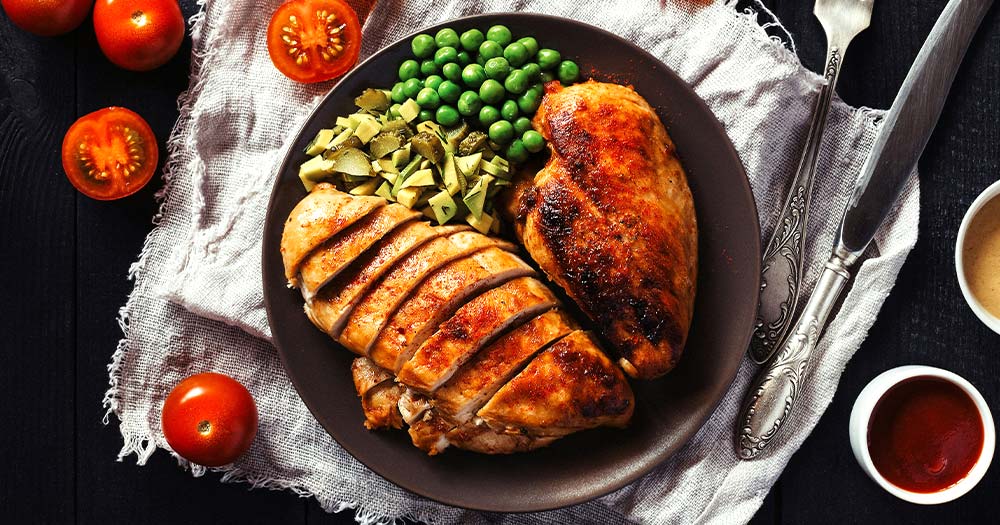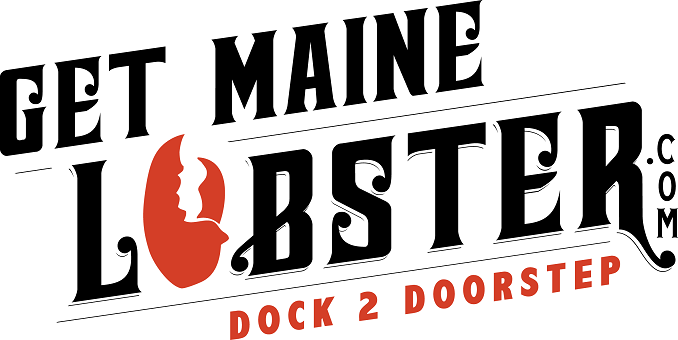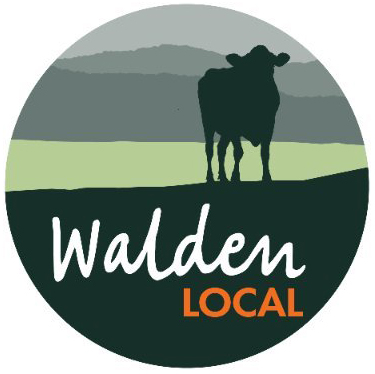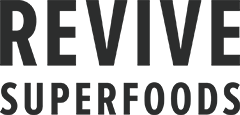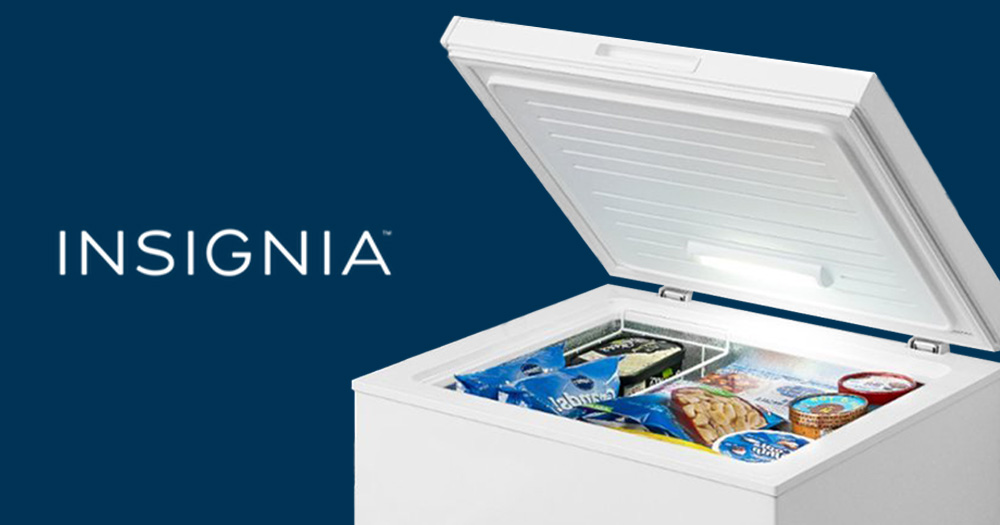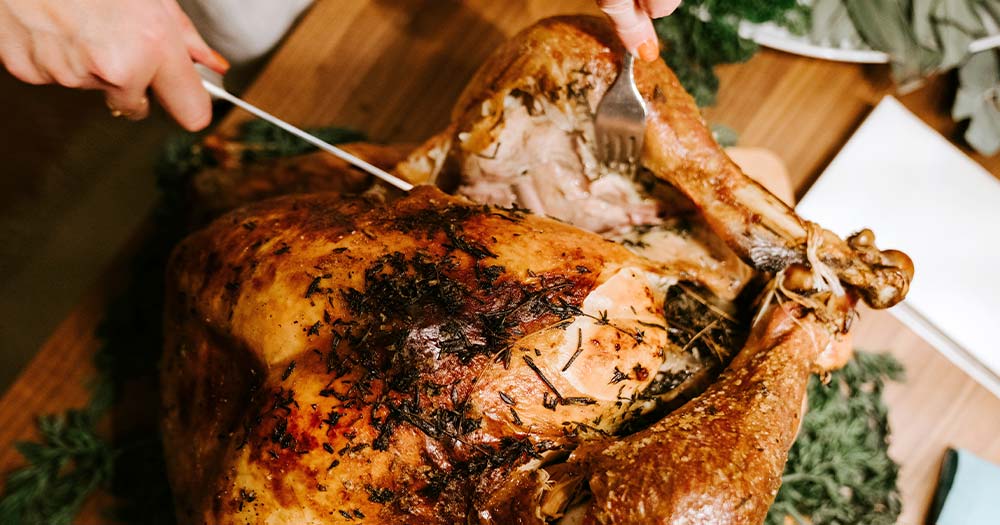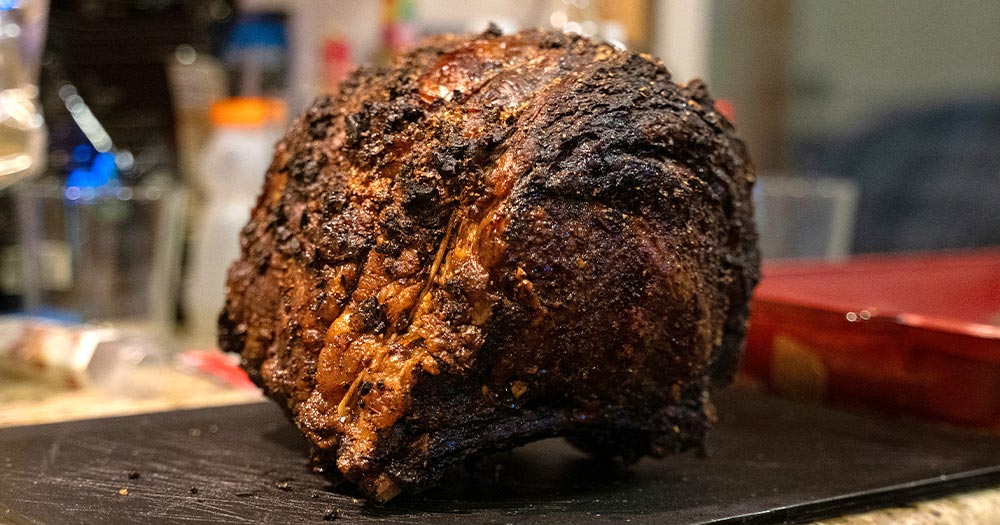Table of Contents
In the quest for culinary excellence, one ingredient often sparks intense debate among food enthusiasts: the humble chicken breast. “Why is expensive chicken actually worth it?” you might wonder. Does forking out extra cash for that premium, $9 per pound chicken breast elevate your fried chicken sandwich to new heights, or is it just a matter of a fancy label convincing you to spend more? At Timbo’s Food Box, we’ve turned our kitchens into a lab to crack this code, comparing a budget-friendly $3 per pound option against its pricier counterpart. In this culinary investigation, we seek to answer a burning question many shoppers face: why is expensive chicken actually worth the investment? Here’s what we unearthed in our quest to demystify daily choices at the grocery store, providing insights that might just change the way you shop for your next meal.
Why We’re Obsessed with Chicken Breast Quality
Chicken breast is a staple in kitchens worldwide, yet its price range is as varied as the breeds from which it comes. This got us thinking: How do factors like organic certification, air-chilling, and pasture-raising influence the final bite? It’s a complex blend of taste, texture, and ethics, each compelling enough to justify spending more—or is it?
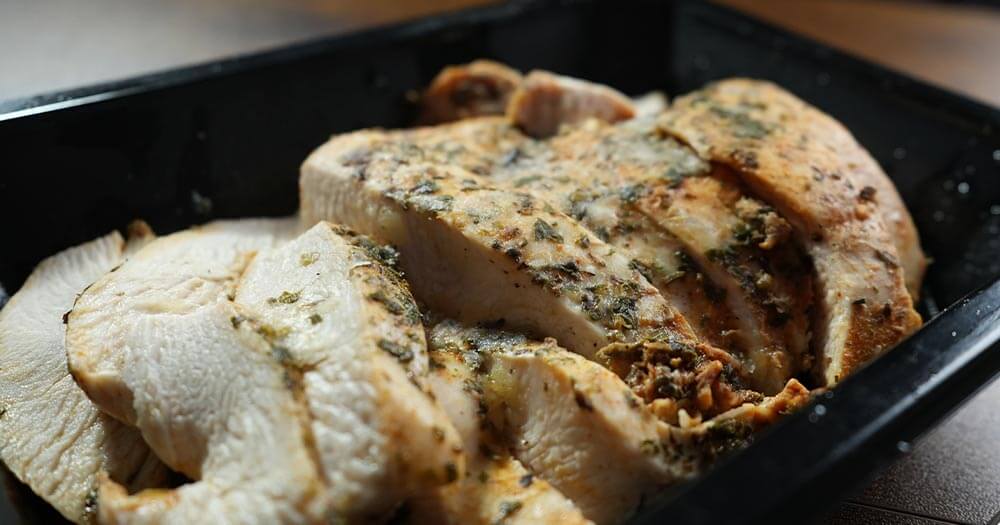
Setting the Stage for the Ultimate Chicken Taste Test
Our showdown featured two contenders: a standard chicken breast purchased for $3 per pound and its upscale, $9 per pound organic counterpart. This comparison isn’t just about flavor; it’s a deep dive into what you’re really paying for when you pick up that pricier package.
Decoding Chicken Quality: More Than Just Expensive Chicken
- Breed Matters: We started with the basics, comparing chickens from heritage breeds against those engineered for mass production. The differences in their growth rates and living conditions are stark, reflecting directly on the meat’s quality.
- Raising the Bar: Free-range, pasture-raised, organic—these terms pepper chicken packaging, but what do they truly mean for the chicken’s life and, subsequently, its taste and texture? We dug into the specifics, including how much space these birds roam in and how it affects their growth.
- The Chilling Truth: Then, there’s the matter of processing. Air-chilled versus water-chilled chicken can have a profound impact on flavor and moisture content, influencing how your chicken breast cooks up in that crispy sandwich.
- Label Labyrinth: Navigating certifications and marketing terms on chicken packaging can be a maze. We unpacked what each label means and whether it’s worth your attention (and wallet).
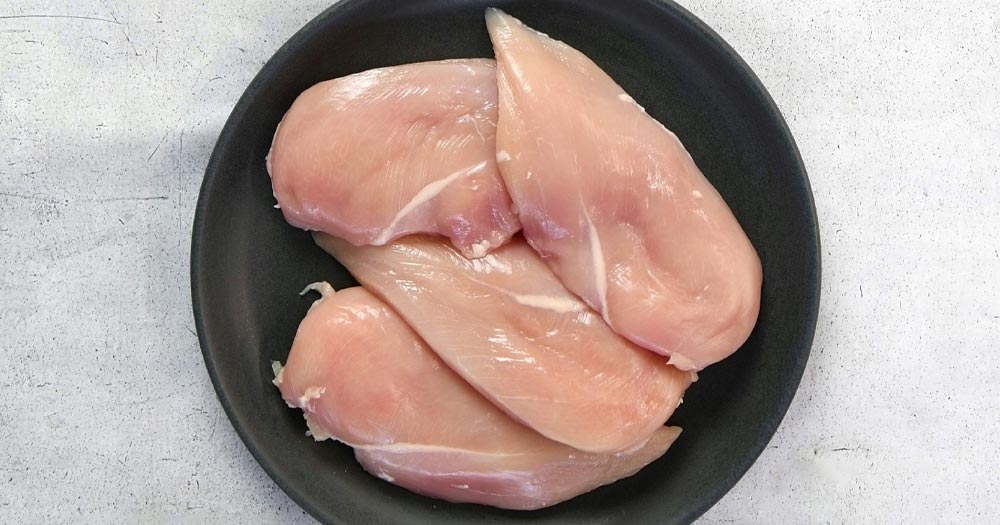
From Plain to Gourmet: The Fried Chicken Sandwich Test
Armed with two distinctly processed chicken breasts, we embarked on the ultimate culinary challenge: crafting the perfect fried chicken sandwich. This wasn’t just about frying up some meat; it was a meticulous experiment to see if price influences pleasure.
Our Eye-Opening Findings
Surprisingly, the leap in cost from $3 to $9 didn’t translate to a dramatic difference in taste. Texture, perhaps slightly improved in the premium breast, was the only notable divergence. It seems the secret to a mouthwatering fried chicken sandwich lies less in the price of the chicken and more in the skill of the cook and the quality of other ingredients.
What Your Money Really Buys
This experiment shed light on the nuanced factors contributing to chicken breast pricing. While you might not be paying for a flavor boost, you are supporting better animal welfare practices and possibly healthier, more naturally raised poultry.
The Verdict: Is Premium Chicken Breast Worth It?
It boils down to personal preference and values. If texture and ethical considerations sway you, the investment might make sense. But for those focused solely on flavor, the standard chicken breast holds its ground remarkably well.
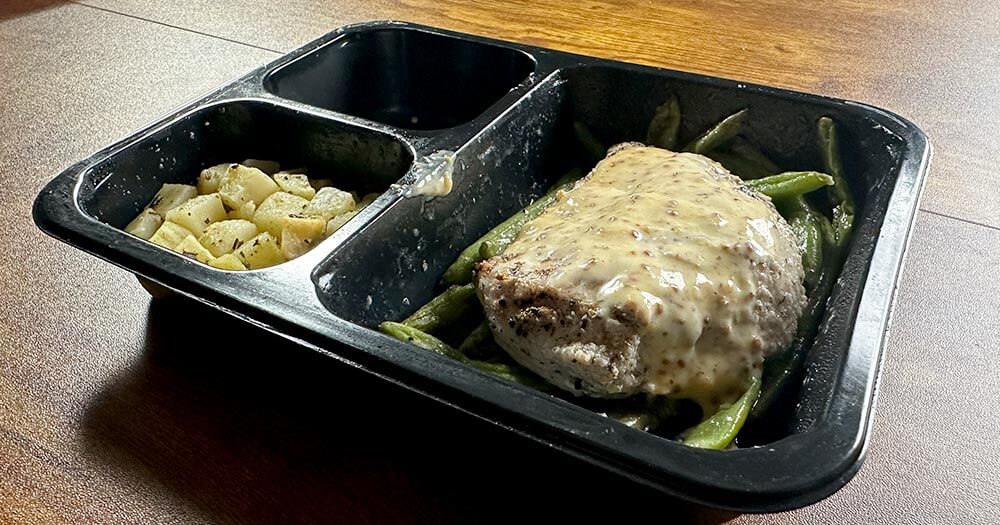
Conclusion: Beyond the Price Tag
At Timbo’s Food Box, we believe understanding the food we eat goes beyond taste—it’s about informed choices that align with our values and culinary aspirations. Whether you opt for the budget-friendly chicken or splurge on the premium, the key to a delicious fried chicken sandwich lies in how you season, cook, and serve it.
About Timbo’s Food Box
Timbo’s Food Box is your go-to source for culinary explorations, tips, and experiments. Join us as we uncover the mysteries behind everyday cooking ingredients and transform them into extraordinary meals.
Thank you, Babel, for supporting this culinary journey. Their language learning app not only broadens our horizons but also connects us more deeply with the diverse world of food.
Explore Further
For those hungry for more knowledge, Timbo’s Food Box offers a treasure trove of articles, recipes, and guides to enhance your cooking skills and food understanding.
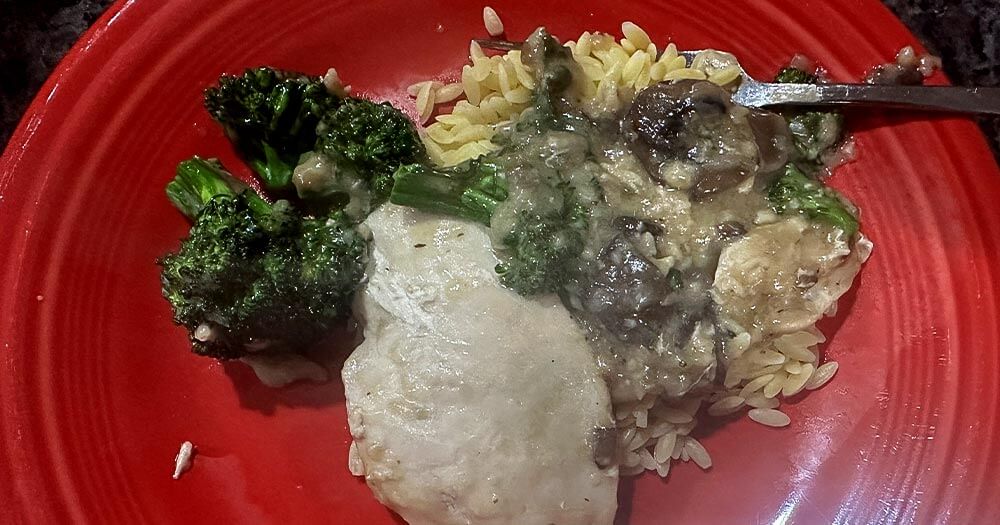
Why is Expensive Chicken Actually Worth It? Navigating Price and Quality in Grocery Stores
Why not buy cheap chicken?
Opting for cheap chicken often means compromising on several fronts that are likely important to you and your readers. Firstly, cheaper options are usually produced in large-scale operations where antibiotics and growth hormones are common, practices that don’t align with the ethos of eating cleaner, more natural meats. Secondly, these practices can negatively impact both animal welfare and the nutritional quality of the meat. Choosing higher-quality, antibiotic-free chicken supports not only better health outcomes but also smaller farms committed to ethical and sustainable farming practices. This approach ensures that you’re consuming meat from animals that have lived healthier, more natural lives.
Why is chicken so much more expensive?
Chicken can be more expensive for several reasons, especially when it comes from small-scale farms focusing on sustainable and ethical practices. These farms often raise their chickens in free-range environments, use no antibiotics or growth hormones, and feed them organic or higher-quality feed. Such practices are not only more labor-intensive but also yield smaller productions compared to industrial farming. However, they result in higher quality meat, both in terms of taste and nutritional value. The price reflects the true cost of raising chickens in a humane and environmentally friendly manner.
Is it more cost-effective to buy a whole chicken?
Absolutely, buying a whole chicken is more cost-effective, particularly when you’re investing in high-quality, antibiotic-free options from small farms. You get more for your money, including a variety of cuts and the opportunity to use the bones for making nutritious broths. This approach aligns with a sustainable eating philosophy by minimizing waste and maximizing use. Plus, buying whole chickens supports smaller producers directly, contributing to the viability of local, ethical farming operations.
Is chicken a luxury good?
In the context of your blog’s focus, chicken could be considered a luxury, not in the traditional sense of being extravagant but as a choice that prioritizes quality, ethics, and sustainability over cost. This “luxury” is about valuing food sources that are healthier for both consumers and the planet, and supporting small-scale farmers who adhere to ethical practices. While not a luxury in terms of exclusivity or extravagance, this approach to consuming chicken is a conscious choice to invest in better health, animal welfare, and environmental sustainability.
Why is chicken so cheap or expensive in grocery stores?
The price of chicken in grocery stores can vary widely, and these fluctuations are often a reflection of the methods used in raising and processing the chickens. On one end of the spectrum, you’ll find very cheap chicken, which is typically the result of mass production techniques. In these industrial farming operations, the primary focus is on maximizing profit and efficiency. This means feeding chickens a diet designed to speed up their growth, which can include low-quality feed, growth hormones, and antibiotics. The use of such substances helps increase the size of the chickens at a faster rate, making the production more cost-effective for the farmers but often at the expense of the chicken’s health, quality of life, and potentially the health of the consumers.
These practices allow for the chicken to be sold at lower prices, but they come with hidden costs to wellness, ethics, and environmental sustainability. The low price tags might seem appealing, but they mask the true cost of unethical treatment of animals, potential health risks from consuming meat raised on growth hormones and antibiotics, and environmental degradation.
On the other end, you will find chicken that is priced higher, which often indicates that it has been raised with more care and attention to animal welfare, health, and environmental impact. This includes chickens that are free-range, fed non-GMO feed, without the use of antibiotics or steroids. Raising chickens under these conditions is more costly because it requires more land, better quality feed, and more time for the chickens to grow to maturity naturally. However, this method produces healthier, higher quality meat, and supports farming practices that are better for the environment and animal welfare.
Given these considerations, it’s advisable to be cautious when buying chicken from grocery stores. Look for labels that guarantee the chicken is free from additives, growth hormones, and antibiotics, and that it was raised under conditions that prioritize animal welfare and environmental sustainability. While this chicken might come at a higher price, the cost reflects the ethical treatment of the animals, the absence of harmful substances, and the support of sustainable farming practices. It’s a price worth paying for the health and wellness of both our bodies and the planet.
